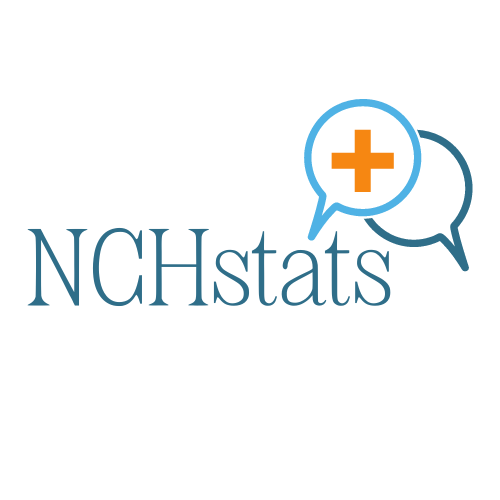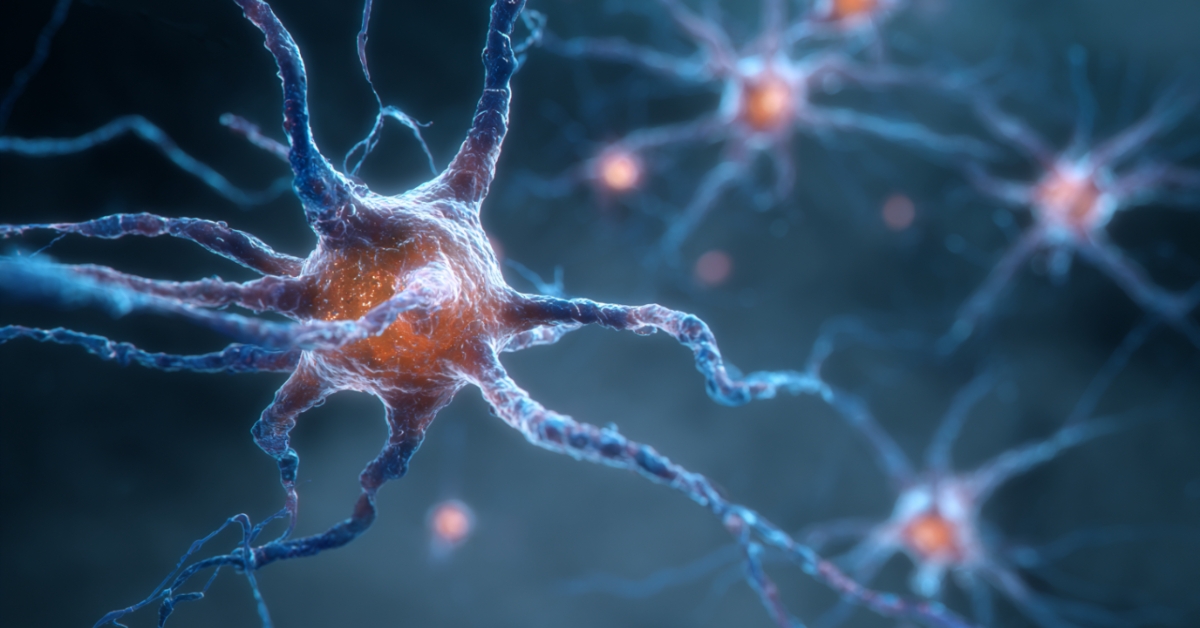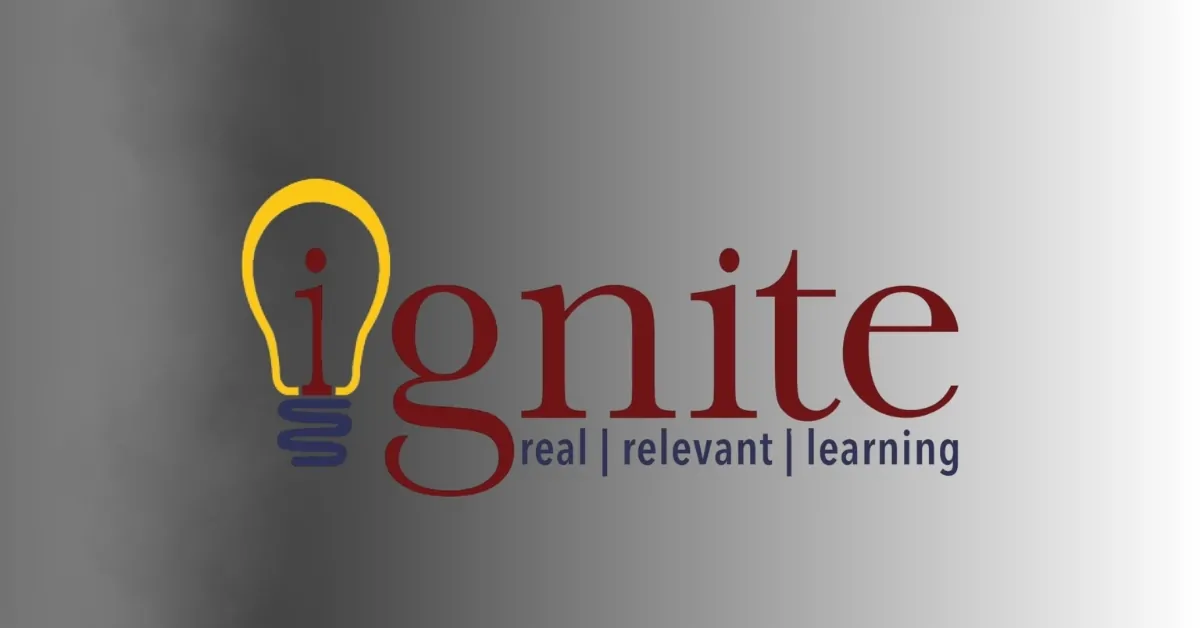By early 2025, approximately one in four American teenagers will use ChatGPT for homework. Surveys across national education panels report adoption rates of 27–29 % among high school students and 18–21 % among middle schoolers. Two years ago, those numbers were below 12 %. Awareness has surpassed 80 %. In short, AI homework help has gone mainstream.
At the same time, average cognitive test performance in U.S. adolescents has fallen. Standardized reasoning scores (NAEP and PISA 2022–2024 cycles) show a measurable decline of 4–6 IQ-equivalent points over the past decade. The current estimated average IQ in the United States is around 98, slightly below the global mean of 100 and down from 102 in the early 2000s.
Researchers attribute this drop partly to digital dependence and reduced deep-reading habits. The connection is indirect but visible: the more a generation externalizes problem-solving to machines, the fewer opportunities it has to reinforce working memory and reasoning networks.
Acceleration of AI Dependence

More than 18 million AI-related queries originate daily from student devices in North American K-12 networks. About 60 % are homework requests, 25 % are essay drafts, 10 % are problem-solving prompts, and the rest are translations or summaries.
Older students lead the curve: 34 % of juniors and seniors use ChatGPT weekly, compared with 19 % of middle-school students.
| Task | Share of Teen Users | Typical Behavior | Teacher Concern |
| Essay or report writing | 38 % | Full paragraph generation | High |
| Research summaries | 31 % | Quick outlining | Medium |
| Math/science solutions | 24 % | Copying steps, minimal review | Medium |
| Foreign-language help | 18 % | Translation correction | Low |
| Creative tasks | 13 % | Brainstorming prompts | Low |
Illusion of Productivity

Students describe ChatGPT as “fast” and “easier.” In anonymous polling, 72 % said it “helps me finish faster,” but only 23 % said “it helps me learn better.”
Controlled classroom experiments show the same pattern: AI-assisted groups completed homework 40 % faster, but their delayed-retention and transfer-problem scores were 10–15 % lower.
Homework now measures completion speed, not conceptual grasp. Teachers report students delivering perfect essays that collapse under oral questioning. A production curve has replaced the learning curve.
The Shortcut Economy
Speed is now mistaken for intelligence. Seventy-two percent of students say ChatGPT helps them “finish faster,” while fewer than a quarter say it helps them “understand better.” Classroom studies confirm the illusion: assignments are completed 40 % faster, comprehension scores fall 10–15 %.
A growing secondary trend is outsourcing homework entirely to online service platforms. Teens who once asked ChatGPT for draft help now move directly to full-service solutions such as EssayPay.com, where a human writer or AI hybrid produces the entire submission.
This shift blurs the line between technological assistance and commercial substitution. Teachers describe it as outsourcing the learning process itself. Once a student views academic work as a purchasable product, the cognitive feedback loop – effort, correction, mastery – collapses.
Memory and Reasoning Decline
Cognitive testing in adolescent learning labs shows that repeated AI reliance cuts working-memory retention by about 20 %. When content generation replaces active recall, the brain’s reinforcement loop weakens.
| Group | 7-Day Recall | Concept Transfer | Weekly Study Time |
| Non-users | 74 % | 81 % | 6.8 h |
| Moderate users | 65 % | 68 % | 4.9 h |
| Heavy users | 51 % | 54 % | 3.2 h |
Analysts cite reduced reading, fragmented attention, and automation-driven cognitive laziness as primary causes. ChatGPT fits the same behavioral pattern, outsourcing thought to text generators instead of developing synthesis internally.
Classroom Reality

Teachers describe a widening gap between written polish and real understanding. Essays appear professional, but oral explanations expose comprehension voids.
Detection software has lost reliability; most AI detectors now produce false-positive or false-negative rates above 50 %. Teachers rely on linguistic anomalies or identical phrasing patterns among students.
Some districts respond by enforcing handwritten essays or in-class oral defenses; others embed “AI-literacy” modules to teach evaluation rather than blind copying.
Yet workload constraints limit enforcement. In a 2025 national survey, 44 % of teachers said they encounter suspected AI-generated homework weekly, but fewer than 15 % report official action because the proof is weak. The educational ecosystem silently tolerates low-grade automation.
The Psychological Trade-Off
Every technological shortcut removes a layer of struggle. Struggle builds long-term competence.
Students who skip that phase show weaker persistence thresholds, the point at which they give up on unsolved problems. Longitudinal observation over three semesters found that heavy ChatGPT users attempted 25 % fewer optional practice questions and 30 % fewer self-initiated research projects. The reward system resets: instant clarity replaces curiosity.
This erosion of curiosity directly links to the small but consistent IQ decline in industrialized nations. Intelligence averages measure not genetic regression but environmental atrophy: fewer cognitive challenges, shorter attention cycles, reduced reading depth.
If teenagers learn that every question has a pre-formatted paragraph online, the incentive to reason independently diminishes.
Institutional Adaptation
Higher education now faces students who can articulate polished arguments they do not understand. At several universities, first-year writing instructors report identical essay structure and syntax across dozens of submissions, symmetrical paragraph flow, formulaic transitions, and AI fingerprints of rhythm.
To restore assessment integrity, universities experiment with process grading (evaluating drafts and reasoning notes) and live defense sessions. These measures extend grading time but re-anchor evaluation in cognition rather than presentation.
Some policymakers propose standardized “AI Disclosure Codes” requiring students to mark any generated segment. Compliance is uneven; only one in five students admits to assistance. Institutions recognize the deeper issue: this is no longer classic cheating – it is a shift in cognitive economy from construction to consumption.
Broader Context: Intelligence, Attention, and Automation
Average global IQ hovers around 100 by definition. The U.S., once slightly above, now falls just below the mean. Countries with stronger literacy habits and slower digital saturation – such as Japan or South Korea – maintain averages near 104–106. Western Europe clusters around 99–101.
While these differences are minor, they highlight a trajectory: societies that replace mental labor with algorithmic aids experience cognitive stagnation. Educational psychologists frame it as “attention economy entropy.”
The mind adapts to the lowest resistance path. When that path becomes typing a prompt, not processing information, collective reasoning weakens.
Generative AI tools amplify this entropy by rewarding fluency without effort. Students learn to produce form without function – language detached from thought. The outcome is measurable: smaller vocabulary growth, reduced inferential comprehension, and declining independent synthesis.
| Indicator | 2023 | 2024 | 2025 | Trend |
| Teen ChatGPT Use | 12 % | 22 % | 28 % | ↑ Rising |
| Average U.S. IQ (est.) | 98 | 97 | 97 | ↓ Declining |
| Reading Comprehension (NAEP Index) | 281 | 277 | 274 | ↓ Declining |
| Attention Span (avg minutes before task switch) | 8.2 | 7.4 | 6.9 | ↓ Declining |
| Teacher AI Policy Adoption | 9 % | 21 % | 37 % | ↑ Rising |
Structural Consequences

Education’s foundation rests on mental repetition and error correction. AI erases both. When an algorithm perfects grammar instantly, there is no exposure to imperfection, no discomfort, no learning friction. Over time, that erodes analytical confidence.
The same pattern has already reshaped professional fields: pilots relying on autopilot forget manual procedures; engineers over-trust CAD models; doctors over-trust algorithmic diagnostics. The school version of this dependence begins earlier and spreads faster.
When teenagers hand responsibility for thinking to generative systems, the outcome is not improved intelligence; it is intellectual automation. The result aligns with falling reasoning metrics and a flattening national IQ curve.
The connection is not moral or emotional; it is mathematical. Every replaced cognitive operation subtracts incremental neural development.
Closing Observation
By 2025, one in four U.S. teens has converted homework into a prompt-submission exercise. Assignments are completed, grades remain stable, but comprehension decays. Average national IQ edges downward, attention span shrinks, and curiosity fragments.
ChatGPT did not cause the decline – it accelerated an existing one. The instrument of convenience has become an instrument of erosion. What disappears first is not intelligence itself but the habit of using it.
Related Posts:
- Alabama’s Population Growth in 2024: Out-of-State…
- Experts Are Testing a Free Way to Mimic Ozempic -…
- 72% of US Teens Have Used AI Chatbots, and Many…
- Statistics on Statin Use in The US - The Impact of…
- The State with the Fewest People Is One of the Biggest
- One Weight Loss Strategy Is Far More Effective Than…








